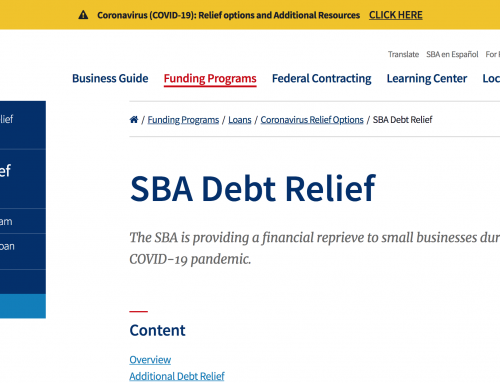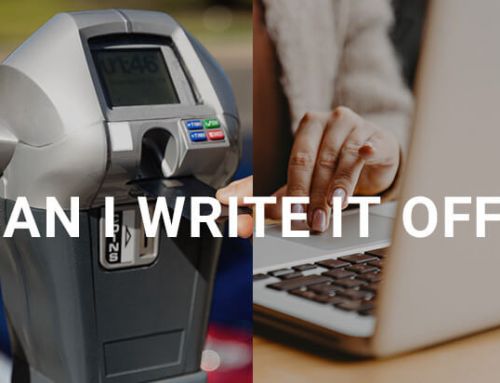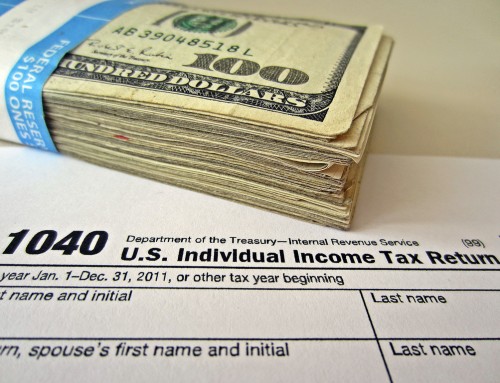Many people want to work in the bookkeeping business, but quality bookkeeping is extremely rare. Why is that the case? Because it’s easy to underestimate the difficulty and complexity of producing proper accounting documentation. QuickBooks online has bank feeds that pull in credit card and bank transactions for the user to code, typically to an expense or income account. Bam! You got yourself some books. Seems easy, right? Due to this perceived simplicity, hundreds of fixed monthly cost bookkeeping services exist, not to mention many individual bookkeepers.
To help you avoid the pitfalls of small business bookkeeping, I’ve outlined and summarized the general steps of very basic bookkeeping below. This includes common errors to correct, focusing on the balance sheet, and understanding software limitations. The guide is designed for someone who has likely downloaded QuickBooks, knows the basics, but is unsure if the books are right.
Basic Bookkeeping
- Setup your bank feeds and see how far they go back (typically around 90 days)
- Anything not captured by the bank feeds (especially for new setups), do a CSV upload of old transactions, or summarize the transactions and enter in via one big journal entry
- Have meaningful account coding that can be helpful come tax time: consider Meals & Entertainment, Travel Meals, Fed Taxes Paid, State Fees, State Taxes
- If the entity is a sole proprietorship, consider individual Fed and State Tax Paid Draw accounts
Watching out for duplicates
- Bank feed transactions, especially from PayPal/online banks can be often duplicated
- If the user is creating invoices for customers billed, it is common for the user to “accept” the transaction and create cash basis revenue and then accept it again as it comes through the bank feeds (this duplicates transactions)
Reconcile, reconcile, reconcile
- Perform monthly bank and credit card reconciliations so that the ending amounts (assets and liabilities) match the original account statements
- Save account statements, receipts, and CSV downloads for your records
Realize what the software does not know
- Pay attention to personal use transactions
- Assets should be booked as such
- Recording depreciation should likely come close to matching tax return transactions
- Suggest that the business owner code or play a significant role in coding transactions
- Split principal and interest for loan payment transactions
Balance sheet is king
- Most people have an understanding of a Profit & Loss, but fail to reconcile the balance sheet
- Every asset and liability should match or “tie” to other asset listing schedules, bank and credit card statements, and inventory listings
- By the grace of the double entry system, if the balance sheet is correct, then the proper flow of cash is captured
- Things like exchanging services and bartering are still taxable and may require a manual entry
Not so common sense
- Encourage the owner to review bank statements for suspicious transactions, regardless of who is performing the transaction
- Go through the profit and loss and the balance sheet line-by-line to check for reasonability
- Set date ranges such as year to date and a specific month so that you can “drill into” accounts to isolate and review transactions
- Attach PDFs of bills and make notes for items such as meals and entertainment to explain business purposes for audit support (audits often come 2 years after filing)
- Be sure other loans and cash transactions--which don’t always feed into the online accounting interface--are captured
- Stay current to get use out of the books and monitor business progress, income, expense, etc…
- Consider entries/adjustments for non-business cash tax type of items such as home office expense, standard mileage, depreciation
Once up and running and accepting transactions properly, the CPA role is typically to reconcile and get books tax return ready. Journal entries or transaction level entries correct items that were missed or duplicated from the bank feed. Items such as depreciation and non-cash transactions will need to be added.
Online accounting solutions have revolutionized bookkeeping for small businesses, but they are far from perfect. Follow the points above, learn how to read a financial statement, and you will be well on your way to clean and accurate books. Finally, consider a CPA with audit experience to give some high level oversight, teach, and train. That is what we do at Gillingham CPA.




Thank you for sharing. It is really interesting tips.